‘Illusion arises when the perceptual system breaks down. Researchers study illusions to enhance their understanding of the otherwise hidden mechanisms responsible for accurate perception. Studying verbal illusions, therefore, may reveal something about the functioning of the language system. One such illusion is the verbal transformation effect, first reported by researchers in 1958. They found that listeners who were presented with a continuously repeating word or phrase began to perceive transformations — that is, changes in the repeating stimulus, relative to what the listener had perceived on preceding repetitions of the stimulus. Transformations ranged from one-phoneme alterations to drastic phonological distortions. For example, when presented with the word truce, participants reported hearing phonetically similar transformations, such as struce and truth, and the pseudoword struth, as well as dissimilar transformations, such as Esther.
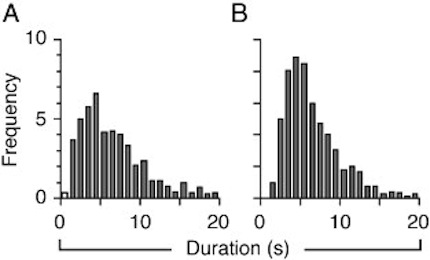
‘This transformation is also related to semantic satiation, a psychological phenomenon in which repetition causes a word or phrase to temporarily lose meaning for the listener, who then processes the speech as repeated meaningless sounds. The phrase “semantic satiation” was coined by Leon Jakobovits James in his doctoral dissertation at McGill University, Montreal, Canada awarded in 1962. The dissertation presents several experiments that demonstrate the operation of the semantic satiation effect in various cognitive tasks such as rating words and figures that are presented repeatedly in a short time, verbally repeating words then grouping them into concepts, adding numbers after repeating them out loud, and bilingual translations of words repeated in one of the two languages. In each case subjects would repeat a word or number for several seconds, then perform the cognitive task using that word. It was demonstrated that repeating a word prior to its use in a task made the task somewhat more difficult. The explanation for the phenomenon was that verbal repetition repeatedly aroused a specific neural pattern in the cortex which corresponds to the meaning of the word. Rapid repetition causes both the peripheral sensorimotor activity and the central neural activation to fire repeatedly, which is known to cause reactive inhibition, hence a reduction in the intensity of the activity with each repetition.
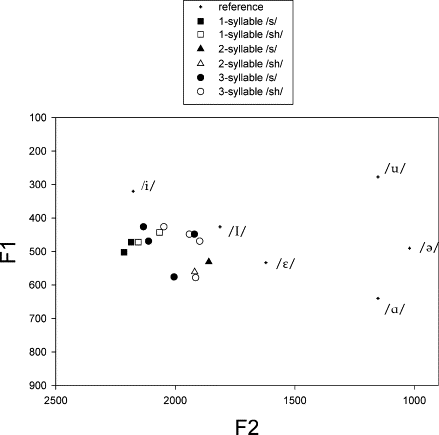
‘What causes verbal transformations? The most detailed accounts of the verbal transformation effect to date are derived from a broad theory of speech perception and production known as node structure theory. Node structure theory is instantiated as a localist network model, with nodes (representational units) hierarchically organized into three levels: the muscle movement level, the phonological level, and the sentential level. The muscle movement level contains nodes specifically for the production of speech. Nodes at the phonological level represent sublexical linguistic units, such as syllables, sub-syllabic segments (e.g., onset or rhyme), and phonetic features. The sentential level contains lexical nodes for words and phrases.
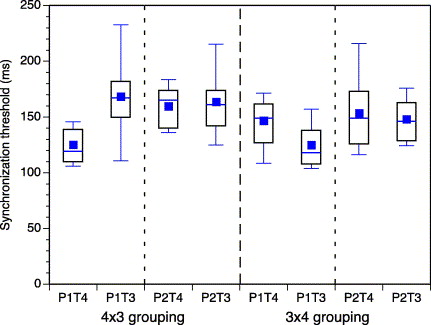
‘Both perception and production operate on the same nodes at the phonological and sentential levels. In perception, speech input first primes nodes at the feature level. Priming produces increased subthreshold activity (but not activation, as the term is generally used) in a node.It spreads in parallel across nodes, with its strength being positively related to how well it matches the input. In the same fashion, priming spreads to the phonological nodes and, finally, to the lexical nodes. At each level, priming strength is a function of the match to the input from the preceding level. Although several nodes may be primed at once, only the node that is primed to a higher degree than all the others becomes activated.
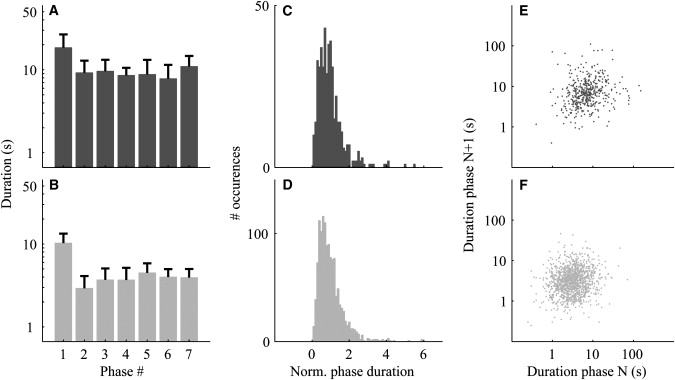
‘How pseudowords are recognized and new lexical entries are formed is also described by node structure theory. Connections from nodes in the phonological system converge to form temporary lexical nodes that represent pseudowords. These connections are initially weak, and without frequent activation, these newly formed and fragile connections will decay. Repeated use of the pseudoword will eventually “commit” the node to permanent status, at which point it will become a new entry in the lexicon.
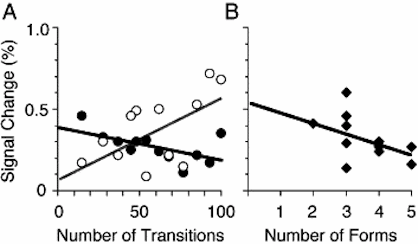
‘Unique among models of speech perception, node structure theory provides a detailed account of the dynamics of representational units during repeated stimulation, which allows one to make precise predictions regarding the verbal transformation effect. In node structure theory, verbal transformations occur because of node satiation, which is a drop in the maximum attainable priming level of a node. Nodes at the lexical level or at the phonological level can become satiated. Satiation occurs because of repeated activation (not merely priming) of a node from continual repetition of the same utterance (e.g., the word cast). As satiation increases, the node’s priming level drops, eventually falling below that of a competitor node (e.g., the lexical node for fast) that is only moderately primed by the speech input, because of one or more mismatching phonological segments. Because the most primed node becomes activated in node structure theory, the competitor node (e.g., the lexical node for fast), which now has the highest priming level, will then become activated, resulting in the perception of a transformation (i.e., the word fast) by the listener.

‘As the preceding description suggests, the amount of priming a node receives greatly influences the transformations perceived. A node that is unable to attain a great deal of priming will rarely become activated. One other factor that influences transformations, according to node structure theory, is neighborhood density, which is the number of lexical entries (i.e., neighbors) that are phonetically similar to the repeating stimulus. The more neighbors there are, the greater the number of possible competitors there are to become activated, resulting in a greater number and a wider range of transformations. Researchers have reported data that confirm this prediction.

‘At the heart of node structure theory’s account of the verbal transformation effect is the concept of lexical node stability, which refers to the extent to which a node remains activated over its competitors. The more stable a node is, the less frequently it will lose out to other lexical competitors becoming activated. Stability is a function of a number of variables, such as the amount of priming transmitted to the lexical node from phonological nodes (i.e., acoustic–phonetic fit), neighborhood density, and strength of its connections, which is directly related to frequency of use. Thus, node stability should be inversely related to transformation frequency. In particular, nodes for words, which have strong and well-formed representations, should be more stable than nodes for pseudowords. Data from a few experiments partially support this prediction. In 1966, researchers recorded the number of transformations that listeners reported when hearing words and pseudowords repeat. He found that pseudowords elicited more transformations than did words, suggesting that nodes for pseudowords are less stable than nodes for words. In an analysis of the specific transformations (i.e., forms) that listeners reported, one researcher found a similar asymmetry, with pseudowords eliciting more forms than did words. Natsoulas also discussed the verbal transformation effect in terms of satiation and perceptual stability.
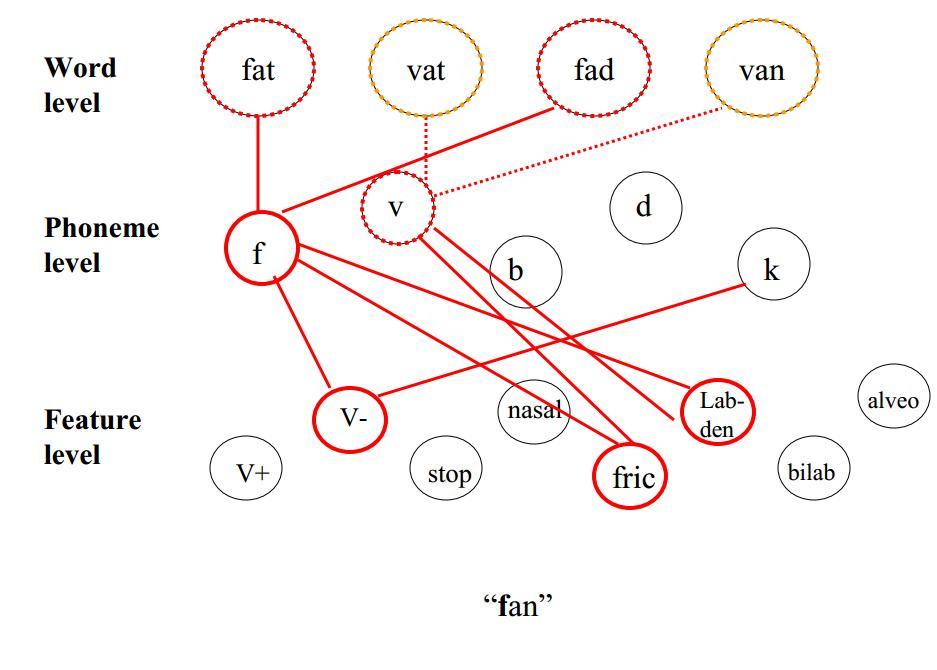
‘Construction of an accurate model of word perception requires specifying the operation of representational units. At present, knowledge about their operation is lacking, which is why decisions on how to implement them in computational models, such as TRACE and Merge, must be guided by intuitions and indirect evidence. The hypothesized mechanisms of satiation and recovery, as embodied in node structure theory, begin to fill this gap by describing how reactivation of representational units might occur. The verbal transformation effect is well suited for testing the validity of this proposal, because the frequent perception of transformations provides a means of measuring node stability and, thus, linking it to one or more of these mechanisms.’ — Lisa Contos Shoaf & Mark A. Pitt, Ohio State University
Auditory Demonstrations
The demonstrations were designed for headphone listening, and since some of the effects involve different signals delivered to each ear, stereo headphones are recommended. If you click on the link, a new window will open and begin playing the sound file. You should adjust the playback so that the narrative portions are at a comfortable listening level.
RESTORATION OF ABSENT SOUNDS
Homophonic Temporal Induction
Broadband Noise
Tone (Fixed Levels)
Tone (Changing Fainter Level)
Heterophonic Temporal Induction
Tones
Temporal Induction of Speech:
Single Phonemic Restoration
Restoration by Noise
Temporal Induction of Speech:
Multiple Phonemic Restorations
Restoration by Noise
PITCH AND INFRAPITCH
Repetition of Frozen Noise Segments
“Whooshing” Infrapitch (2 Hz)
“Motorboating” Infrapitch (6 Hz)
“Motorboating” Infrapitch (15 Hz)
Noisy Pitch (40 Hz)
Pure Melodic Pitch (120 Hz)
Pure Melodic Pitch (300 Hz)
CONTRALATERAL INDUCTION OF TONE
Contralateral Induction
PERCEPTION OF ACOUSTIC SEQUENCES
Identification of Order
Nonverbal and Verbal Sounds
Global Pattern Recognition of Permuted Orders
Brief Nonverbal Sounds
Brief Speech Sounds:
The Vowel Sequence Illusion
ILLUSORY CHANGES OF REPEATED WORDS:
THE VERBAL TRANSFORMATION EFFECT
Diotic “Flame”
Dichotic “Flame”
Diotic Bisyllabic Reversible Word “Farewell/Welfare”
Dichotic “Farewell/Welfare”
Diotic Monosyllabic Reversible Word “Ace/Say”
Dichotic “Ace/Say”
test
‘The philosopher and musicologist Theodor W. Adorno describes material as something which is a self-sedimented spirit, predetermined by society, in the minds of people. Based on this theory, the artist can only choose from a limited range of materials as dealing intensively with the material inevitably leads to a discussion with society. If an artist consciously tries to abandon this repressive paradigm he or she might only partly succeed since historical patterns will immediately be recalled. Adorno exemplifies the shabbiness and abrasion of the diminished seventh chord or certain chromatic passing notes in the Palm Court Music of the 19th century as musical taboos. According to him, these tones were not only outmoded but utterly wrong and did not fulfill their function any more. The truth or non-truth of a material is not decided on its isolated appearance but on its position within the prevailing standards of aesthetics.

‘In music there are only few compositions that consist of merely perseverative repetitions. The composers rather express themselves by gradual changes of certain individual notes or entire figures. Minimal Art produces several pieces which use repetitions whose components do not change. Initially the repetitive moment is the most striking feature of Minimalist music. At the beginning of their Minimalist-oriented period many Minimalist composers work with highly repetitive patterns, like Philip Glass, who concentrates basically on repetition and static harmony for the electrically amplified violin in his composition Strung Out (1967). While Glass tends to vary the repetitions, Steve Reich employs this musical technique for his audiotape compositions and his piece Piano Phase (1967) in a continually unaltered way.
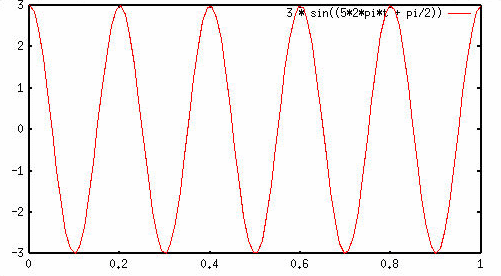
‘The Englishman Michael Nyman and the founder of the Scratch Orchestra, Cornelius Cardew (born in Gloucester in 1939, died in London in 1981), are the most important European representatives of Minimalism. In his compositions Nyman primarily uses historic models and exposes them to never-ending repetitive procedures which vary only insignificantly. In Minimalism repetition does not mean an approximation to inartificiality in the sense of Popular music, but rather creates a visual rhythm or specific motion models. Repetition creates patterns either according to an exactly defined plan or by chance. The first way usually means employing mathematical logical processes and takes place in an environment of which the artist is fully aware, while the final result of the second way, a random process, is not directly predictable.
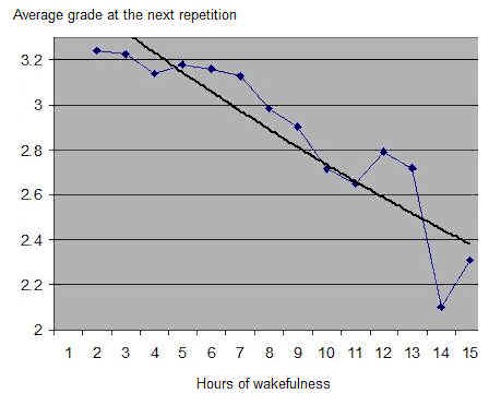
‘Repetition is seen as one of the central characteristics of Minimalism but at the same time it is defamed as monotony or a consequence of a lack of originality. Minimalists are commonly accused of only seeking to disguise the centripetal force in music that inclines towards monotony. By the end of the 1970s at the latest, the term Minimalist is used more frequently as a swearword than as an art term. Nevertheless, retrospectively it is the expressionism that is to a large extent held responsible for the cultural setbacks during the Reagan era, while Minimalism in the 1960s, despite its restrictivity, allows for various cultural flows to develop. By restricting the material and the possibility of its modification, the criticised repetition inevitably leads to a Minimalist principle, even if some artists regard repetition as an independent movement. The composer Louis Andriessen (born in Utrecht in 1939) argues that for him the repetitive moment is always more important than the so-called Minimalism.’ — Christian Schrei
Terry Riley ‘In C’ (1964)
Steve Reich ‘It’s Gonna Rain’ (1965)
Steve Reich ‘Come Out’ (1966)
Philip Glass ‘Music with Changing Parts’ (1970)
Gavin Bryars ‘Jesus’ Blood Never Failed Me Yet’ (1971)
Michael Nyman ‘Time Lapse’ (1985)
*
p.s. RIP Lee Breuer ** David S. Estornell, Hi, David. What a strange part of Paris to live in. Or maybe it’s just that I don’t know anyone who lives out there. Huh. Hugs. ** David Ehrenstein, Hi. Everyone, Mr. Ehrenstein’s FaBlog takes on Trump’s phone call with that official in Georgia here. I think you give the past and MJ way too much power. ** Corey Heiferman, Hi. Cool, glad the work hit home. That Elite Gum ad had a hell of a theory about how to sell gum. Glad the job started and that you’re still upbeat re: it. I live in the 8th arr. Well, I live literally across the street from the 1st arr., so it’s more like I live in it. The area I live in is not my thing at all. It’s kind of an upscale shopping area and quite fashionable. I only live here because I had an extremely hard time getting an apartment due to my status, and my current apartment is literally the only one that accepted me. I like the apartment itself, and it’s very central. So it’s doable. I like giving in the center. I can’t imagine living away from that energy. I think I would get very depressed. It is hard to see video art online. That’s partly because video artists often work with galleries, and galleries sell the videos, so giving them away for free is counterproductive in their minds. You have to hunt. Some galleries feature some on their sites. Some artists have Vimeo accounts. But, no, there’s no big central easy, free resource for them that I know of. I am hoping my age will land me high-ish on the vaccination priority list, but I don’t know. The roll-out has been pretty confused here so far. ** Misanthrope, Thanks, G. ** Jack Skelley, Hey, Jack! I was happy to be one of that book’s portals. The Saturday confab was super great, and I’m looking forward to the next episode. And thank you for the works you sent. I’m very excited to read them. xo. ** Bill, Hi. Yeah, Guibert as kind of proto-NN guy makes sense. I wonder the NN people were followers of his stuff. I can’t remember the timing re: when his novels started getting published in the States. Butoh is tomorrow! ** Dominik, Hi, big D! Mm, I prefer reading physical books for sure, but I read a lot of eBooks and pdfs because it’s difficult to get books sent over here to Paris. A lot of the small press books I read a lot don’t even offer shipping to France. So I’m used to it, and it’s okay. Better than nothing or better than having to wait and wait to get the book itself. Ha ha, I saw that form of love selling its poems in a metro station a few weeks ago, strangely. I bought one. It’s in French so I’m lost, but I showed it to a French speaking friend, and he said the poem was really awful, ha ha. Love so shy and pretty it has to dress as a Goth to survive in this harsh world, Dennis. ** _Black_Acrylic, My total pleasure, Ben. ** Jeremy McFarland, Hey, Jeremy! Dude, you’re a graduate, you bought a house (!), you’re all jobbed up … good going, man. Feeling old when you’re young is kind of a nice idea. I think I’m the opposite or something. Which is okay too. I did a few virtual Zoom things in regards to that Diarmuid Hester book about me, but no readings or anything other than the Poetry project deal. It’s so nice to see you, and twice now. If it would please you not to be a stranger anytime, I’m seriously down with that. Take care, sir. ** Golnoosh, Hi! Oh, you can get her book using the bottom link in the post’s ‘Further’ section. Wait, … here. I don’t know what Soho Press does about audio books if anything. I think only one of my novels was ever an audio book — ‘God Jr.’ — and I didn’t do the voice, and I’ve never heard it. Kind of scared of it, I think. Have you done audio books of yours? Well, if it’s any consolation, Anne Carson’s thing was just a very short iPhone video of her and some guy throwing snowballs in the air. Not a word. Happy Tuesday! ** cal, Eek, about the covid-risky job. Please mask way the hell up and keep your hands clean enough to eat off of. A new work by you! Excellent! Everyone, cal is the DC’s screen name for the absolutely terrific writer Cal Graves, and there’s a new prose piece by him newly online and readable at the Crown & Pen zine site in their ‘Haunted’ issue, and a new Graves work is a rare treat. It’s called ‘O Lightbringer’, and you should go read it. You’ll be rewarded central. Use this link and then scroll down. Awesome, man! I’ll be over there reading pronto. ** Brian O’Connell, Hi, Brian. She’s strangely underknown, but I hope this book will change that. Oh, wow, thank you so, so much about ‘The Marbled Swarm’. It’s my favorite of my novels, as you probably know. You nailed it. It is an ‘architectural structure’. That’s exactly as I thought/think of it. So I’m excited that you felt/saw that. Yeah, thank you a lot again, that’s very heartening to hear. My first 2021 weekend was pretty lowkey. My holidaying Paris friends were still far away. It was chilly. It was a perfectly fine weekend but lacking in spectacularity. I hope this first ’21 week of yours is a kind of rocket booster sort of thing. Fine day to you in any case! ** Okay. I decided to use today’s post as a place to nerd out on sound construction. Join me, won’t you? See you tomorrow.


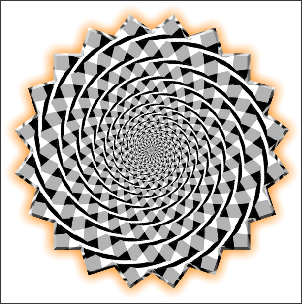




 Now available in North America
Now available in North America 
I love Terry Riley and I like Steve Reich, but a little goes a long way.
My experience of showbusiness mendacity is quite different from yours, Dennis. It has almost invariaby been “Up Close and Personal.” I did quite a lor of invetigation of Jacko for a piece the L.A. Times planned to ublish — but scotched once he bought offJordie Chandler.
Here’s a piece i wrote about the experience
Hey d. Today’s post is a lil over my head but that’s ok. I wanted to let you know that I read castle faggot yesterday and I found it to be very fun. Such a strange little book. Trying to describe it to my wife was weird, she could tell I got a kick out of it though.
Look forward to re-reading it soon. Yr comment in the afterword about how it’s not a book for adults is great. I can imagine a 15 year old me trying to explain the importance of a book about fags and shit and fag shit to my parents and teachers only to have them determine that I am in need of help.
So happy to have yr blog as a resource. Without it I may never have come across castle faggot, Walt doody, rue du doo and the lovely count choc o log.
Should we start an online petition to have a stage production of Castle Faggot replace all Christmas related pageants in children’s schools?
With love, from Canada – ian
holy fuck this post i’m gonna cum!
Thank you so much for the link. Just purchased the book and can’t wait to receive it! I need some new books to engage with but since I had my DC OD last year, nothing has really appealed to me. Reading this supposedly transgressive Japanese novel Piercing by Ryu Murakami, but I’m not falling in love with it nor am I finding it terribly transgressive? I worry you might’ve have spoilt me for life…
How bizarre and kind of LOL that Anne Carson’s reading was actually snowballs throwing. It seems a bit out of character given that she seems extremely serious?
Now that you asked I just remembered that Muswell Press has been meaning to make an audiobook from the Ministry. Surprisingly, I consented, but like you I’d be scared to actually listen to it. And I don’t know if/ when it’s happening. Although someone performed my poetry in their poetry thing the other day and even though at first I found it a bit too spooky, I ended up really enjoying hearing my poems in someone else’s voice. I’ll check out the audiobook of God Jr. and will let you know if they’ve done a good job. I can imagine the God Jr. would actually work well as an audio book cause it does have that what’s the word multi something quality… intertextuality?
Hope 2021 is treating you well… xoxo
This is great, Dennis. I’m under-informed but feel that musicians have done more with rapid repetition than writers have… despite language offering the added dimension of “meaning.” I write this listening to Steve Reich’s Music for 18 Musicians which retains its power. (YOU may have even been the person to intro me to Reich !!) Fully analog, these compositions create digital-esque effects years in advance. In the verbal/poetry world, Caroline Bergvall comes to mind. Wonder what you think of her approach or which others may fruitfully probe this realm. Thanx for this and for all the links to your worthy contributors !!
hey Dennis im the guy at work who bitchs to everyone about wearing them right. and i really love handsizer, i think it feel neat. thanks for the boost, Crown & Pen are also going to open submissions soon for pieces by queer artists/author if anyone would be interested. do you have any favorite animated movies?
What do you think 🤔?
https://youtu.be/Y3Ug0NdRbrM
I was really interested in psychoacoustics years ago, and fascinated by this stuff. I’m too lazy these days though. Never did finish Bregman’s 790-page classic Auditory Scene Analysis…
Look forward to Butoh tomorrow!
Bill
Hi!!
Haha, this is strange. That you’ve actually met one of those “charismatic but awful” poets recently. I met one in Berlin a few years ago, and it was the same situation: I don’t speak German so I couldn’t understand a word of his poem, but I still had to have it, haha.
Awh. This love has an instant home in my heart. Love having Blake Butler’s entire “300,000,000” tattooed on its body, D.
That’s the UK officially under yet another lockdown. Tomorrow afternoon I visit the Leeds MS Therapy Centre for my first shot at the oxygen treatment anywhere in nigh on a year, and so long as I don’t catch the Covid somehow then I look forward to its effect.
I thought about today’s post all day! Such a cool concept that I’ve of course experienced but never bothered to read about. It just makes me think of the implications of other repetitive things. I’m the kind of person who will totally burn up a song or a CD, just listening to it over and over again. And my girlfriend and I say we love each other probably 100x a day, kind of in the same vein as when cats make that little chirp to acknowledge you entered the room hahaha. So that’s what I’ve been thinking of today!!
Did you feel young when you were young? I always felt really old. I’ve always been so excited to turn 30 because I decided that’s when I’ll “hit my stride” but now 30 is a lot closer and I’ve become nostalgic for when I was a teenager! I hated being a teenager!
Hey, Dennis,
Sound construction is not a subject I can boast even a casual level of knowledge of. Today’s post proves a fascinating introduction.
I don’t think I knew TMS was your favorite of your novels but it makes sense: in a lot of ways it feels like both the purest and most sophisticated realization of your overall literary “project”, in what it’s doing with form and language and structure and all that, and also the most divergent from the other books, in how baroque and excessive it is. Not to talk at you about your own work, lol. But I’ve been thinking about it a lot. I’ll have to grab “French Hole” too at some point.
Sorry to hear you’re still lacking the company of your Parisian friends. My weekend was similarly unspectacular. Admittedly they were generally unspectacular prior to the pandemic, but they feel especially dull and disappointing now. Oh well. I’m heading to the city tomorrow, which should be fun, even if only for a change of scenery. A fine day to you too.